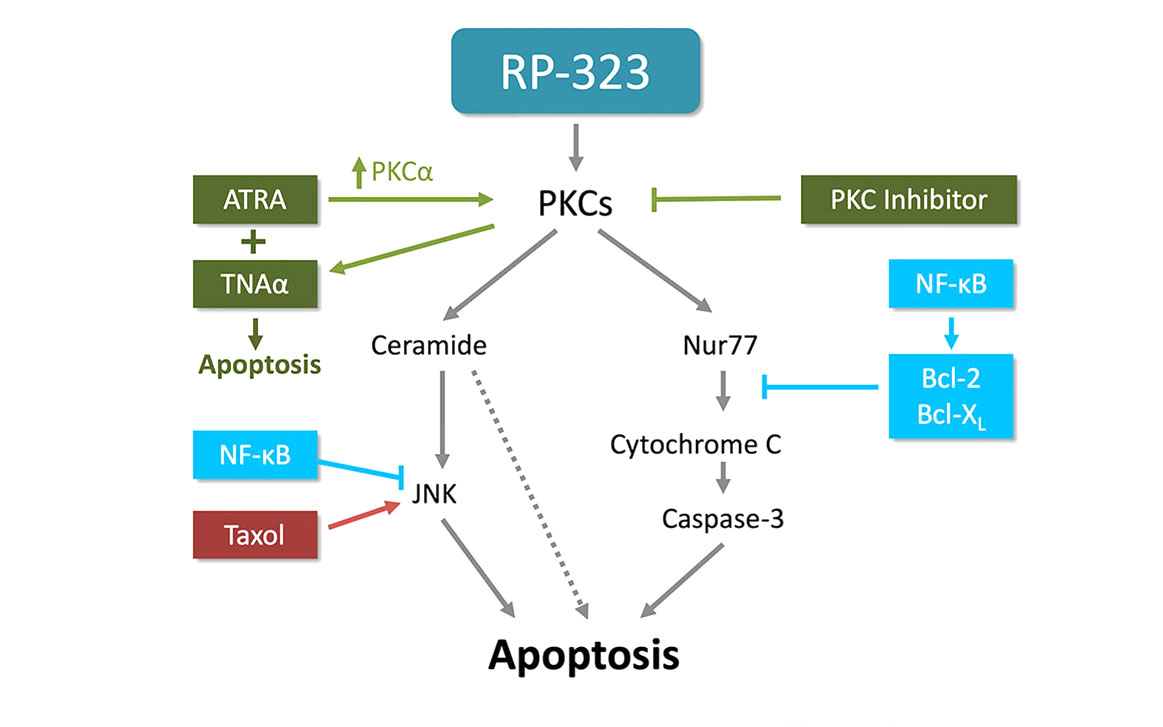Parkinson disease is one of the most deadly among neurological diseases with more than 60,000 annual new cases in the United States and 7-10 million cases world-wide. It is caused by the reduction of dopamine production in the substania nigra region of the brain from dopaminergic neuron death or damage. The cause is still unknown but inflammation is a key part of the development of Parkinson’s disease.
Neuron death is an undesired condition which will affect the rest of the nerve cells in the brain. It is believed that approximately 85% of Parkinson is mutagenic with the other 15% having a genetic basis. The symptoms of Parkinson disease include the gradual loss of movement and balance as well as non-motor symptoms such as constipation and visual impairment. Current treatments include supportive physiotherapies, medication or surgery, i.e. treating the symptoms, only to improve the quality of life of the patients, but not targeting the cause, i.e. genetic mutations at the molecular level.
One of the major historical stumbling blocks in developing treatments for Parkinson’s disease is the Blood-Brain-Barrier (BBB), which prevents the penetration of drugs from the blood vessels to the defective neurons. Clinical studies indicate that RP-323 has anti-inflammatory effects in the brain, passing through the BBB, downregulating aquaporin 4 reducing brain edema.
Therefore, our working hypothesis is that: 1. RP-323 could have pro-survival abilities helping damaged neurons work properly. 2. RP-323 has anti-inflammation capabilities, preventing neuron death or damage.
With these positively encouraging findings, we have initiated actions towards clinical trials in Parkinson disease.
RP-323 is a mitogen activator, which has the ability to turn the switch of an abnormally functioning cell on or off. When one of a cell’s MAPK synthesis pathways is blocked it can become stuck in the “on” or “off” position. This is believed to be a key element in the development of Parkinson’s disease. RP-323 through the activation of Protein Kinase C (PKC) has the ability to add a needed phosphate into the pathway, thereby turning this switch, and clearing the pathway. Allowing transcription of DNA and expression of a necessary protein produces cellular functional changes such as cell division, proper function, promoting the production of dopamine (see figure 1); and/or apoptosis, a desired outcome causing death to non-functioning cells (see figure 2).
In Parkinson’s disease, without proper neuronal cell function dopamine is not produced and eventual cell death occurs. With the increasing number of dopaminergic cells dying, PD symptoms worsen. We believe that study has not yet begun, so RP-323 may combat this by producing proper neuronal cell function, whereby production of dopamine is no longer interrupted, allowing PD symptoms to improve.

Figure 1

Figure 2